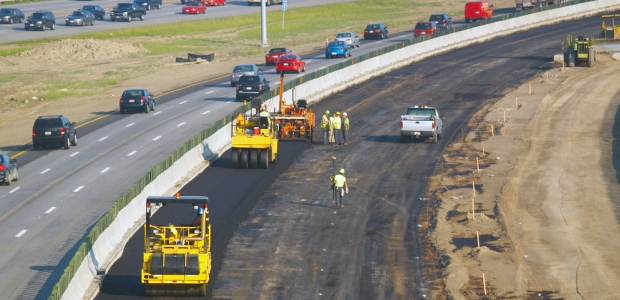
EDC3 Technologies Invited
The Federal Highway Administration's Every Day Counts initiative, started in 2010, spreads new technologies to solve some persistent traffic problems.
The Federal Highway Administration is inviting stakeholders to submit market-ready technologies for third installment of its Every Day Counts initiative, which started in 2010. EDC, now in EDC3, spreads new technologies to solve some persistent traffic problems, such as highway work zone hazards.
The agency's request for information is published in the Jan. 8 Federal Register. Responses are due by Feb. 15 and can be submitted to [email protected] or through https://www.fbo.gov.
Shortening projects' time, accelerating technologies, and constructing highways faster and more safely are the aims. "Responses should not submit unique, proprietary, or patented products," its RIF states.
National impact, readiness, "game changing" capabilities, and urgency and scale are the benchmarks by which submittals will be graded.
Among the EDC3 innovations of interest are these:
- Accelerated deployment of web-based, low-cost traffic incident management data collection
- Road project coordination to reduce impacts and costs--San Francisco cut its street cuts by 27 percent by coordinating its right-of-way projects, according the RFI.
- Traffic signal automated performance measures--there are 311,000 U.S. traffic signals, according to the document, valued at $82.7 billion. It states that the "lack of performance measurement adversely effects safety and wastes the time and money of both operating agencies and the traveling public by reducing quality and efficiency."
- Intelligent transportation systems for work zones. Several have been developed to warn motorists in real time, alert them to slow-moving traffic ahead or a queue of traffic, to adjust traffic speed limits, and provide early detection of incidents, it states, and these can be scaled.
- Strategies for improving coordination between state DOTs and railroads. Rail volume is rising, and pressures for more coordination will grow, it states.
- Roadway configuration (known as a "road diet") improvements to make pedestrian crossing safer. More than 80 percent of pedestrians hit by vehicles traveling 40 mph or faster die, while fewer than 10 percent of pedestrians hit by vehicles traveling 20 mph or less die, it states.